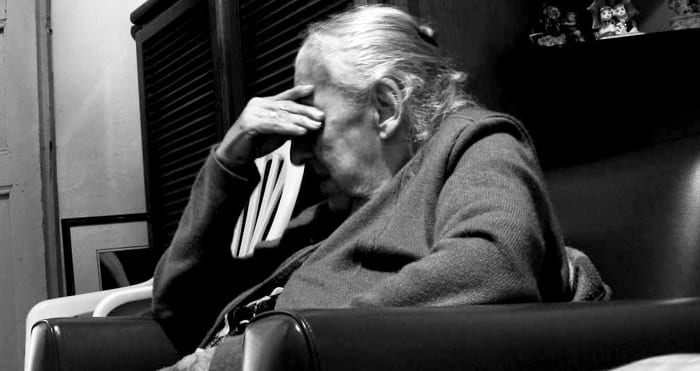
Pain is uncomfortable for everyone, and is usually a sign of something more serious that needs to be dealt with – like another condition or a more serious injury.
Pain can be especially challenging for older people as they may have trouble communicating their discomfort.
For older people, pain needs to be assessed regularly, and the presence of pain (or inadequately controlled pain) should be investigated immediately.
To know how an elderly person is feeling, it’s important to look out for significant changes in the their condition or behaviour. It is also vital that such assessments happen routinely, at least every three months.
The best indicator of pain is the person’s own report of it. That is why those who are able to report pain, including people with mild to moderate dementia, need to be asked regularly about their condition and how they feel.
It should be noted that even for people with mild to moderate dementia, a verbal self-report of pain is more reliable than carer’s reports of pain.
A component of assessing pain is to assist the elderly person in describing their pain and take a pain history.
Location, radiation, quality, severity, aggravating and relieving factors and timing, as well as the their understanding of the pain and impact on their everyday activities.
To get a better understanding of their condition, and a more accurate pain history, there are specific questions you can ask.
Note, this may be assisted by asking the resident to point to the pain. Use a body chart.
How the person describes their pain helps to identify the type of pain being experienced and therefore how best to treat it.
Use pain scales to assist the resident rate pain severity and continue using the same scale in future assessments.
This identifies activities, medications and therapies that have or have not helped relieve the pain as well as coping skills used by the person.
Find out what the resident knows and feels about the pain, this will help you identify their understanding.
Disclaimer: Please be aware the above article is merely information – not advice. If you need medical advice, please consult a doctor or other healthcare professional.
5
Hi I got my appendix out six months ago but I’m still getting pain in that area that is making really sick is there anything in that area that could cause that pain and miss by doctor because there really bad pain in that area that making me feel really sick